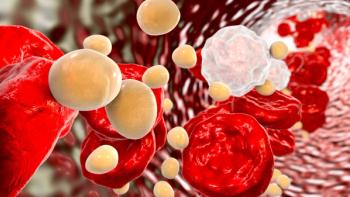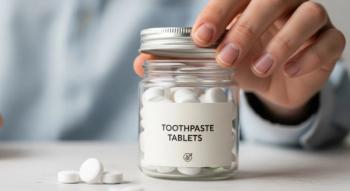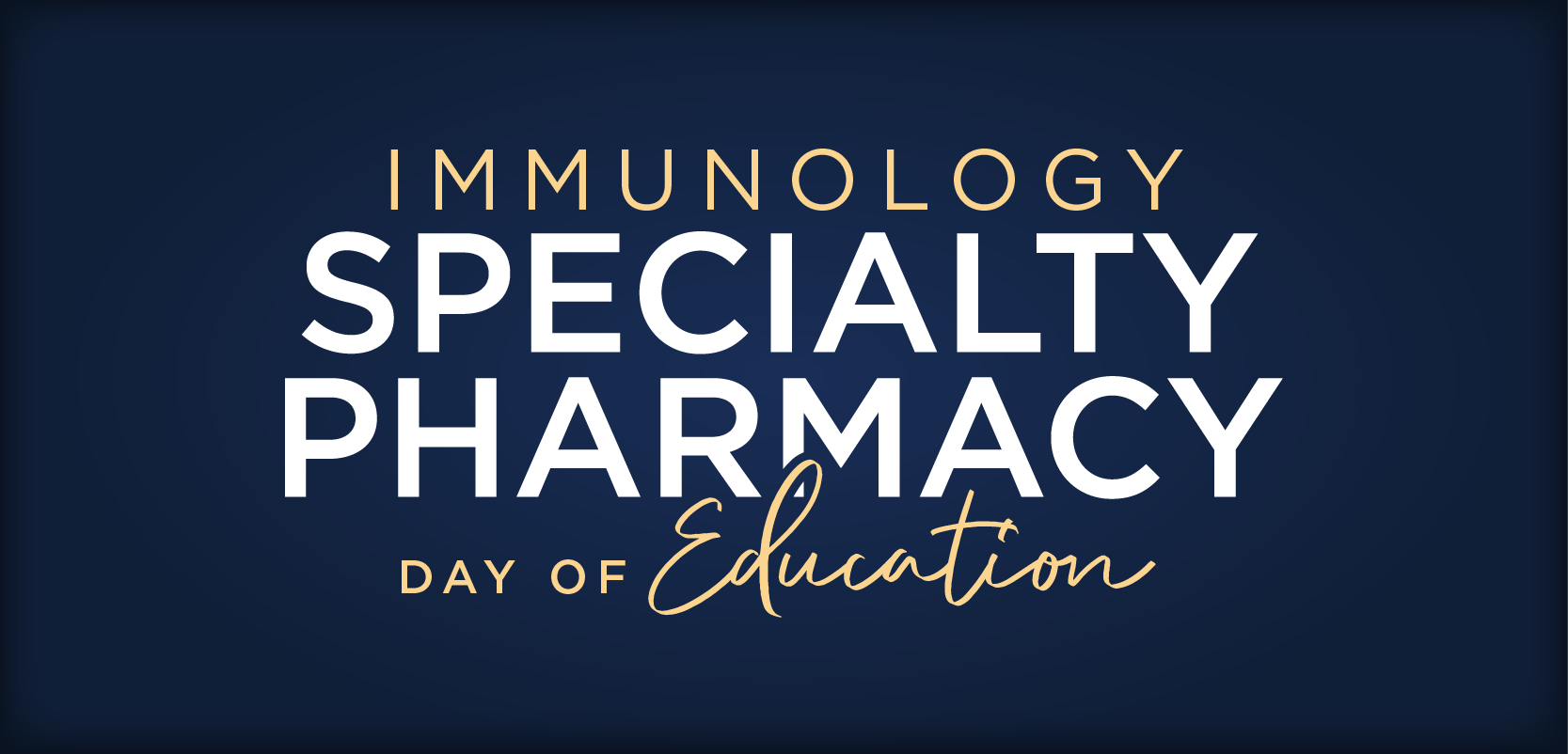
Three-Drug Cocktail Created to Treat Angiosarcoma
Triolimus contains paclitaxel plus 2 agents to prevent chemotherapy resistance.
A start-up company, Co-D Therapeutics, is currently creating a 3-drug cocktail to fight numerous cancers, including the rare angiosarcoma.
The company’s submicroscopic includes the standard cancer drug paclitaxel, plus 2 other drugs that combat drug resistance, according to a press release from the University of Wisconsin-Madison.
The 3-drug cocktail, Triolimus, was created by co-founders Glen Kwon, PhD, chief scientific officer, and a professor at the University of Wisconsin-Madison and Kevin Kozak, MD, chief medical officer, and a radiation oncologist at Mercury Health System who also conducted research at the University.
Together, the co-founders used their expertise on drug delivery and combination treatments, as well as angiosarcoma, to create a more optimal cancer treatment.
Triolimus is a double-layer structure called a micelle, which is 40 nanometers in diameter. The components of the drug have all been tested in humans, and includes certain substances that have received FDA approval.
Typically, chemotherapy is combined with newer treatments to fight drug resistance that is common among patients. Triolimus uses the chemotherapy drug paclitaxel, which inhibits cell division and attacks cancer cells. However, the near-insolubility of the drug in water can cause side effects and dose limits, according to the press release.
The drug cocktail also includes rapamycine, which inhibits signaling pathways that are used by cancer cells to become resistant, and 17-AAG that also prevents drug resistance. Triolimus allows for increased doses through eliminating toxic solvents through the carrier technology.
“The micelle can safely deliver a really potent 3-drug combination, even though all of them are insoluble in water,” Dr Kwon said.
Making the 3-drug cocktail is seemingly simple, according to the creators of the drug.
“You simply mix the drugs with a solvent and water, remove the solvent under reduced pressure, and the micelles self-assemble,” Dr Kwon said. “You freeze-dry the product and when it’s time to use it, you reconstitute it with water.”
Co-D was recently granted orphan drug designation for the use of Triolimus in patients with angiosarcoma. They believe that if the drug can fight this cancer, it can also be used for other cancer types treated with paclitaxel.
Being granted orphan drug designation allows the company 7 years of market exclusivity, tax credits, possible exemption from the FDA user fee, and smaller trial sizes.
In animal studies, models of angiosarcoma had better outcomes treated with Triolimus compared with a micelle containing paclitaxel alone. However, both micelles allowed a dose up to 3 times higher than the standard amount, they reported.
The company is currently raising money to conduct clinical trials for angiosarcoma.
“We have a clear path to approval. Because of the rarity of angiosarcoma and the need of a more effective and safer treatment, we anticipate approval after phase 2 clinical trials,” said Abdalla Saad, company president and CEO and graduate of the University. “Our research and development costs are low compared to costs for new chemical entities. The manufacturing method developed on campus will be transferred to a contract manufacturer for scale-up.”
Co-founders of Co-D are confident that their drug can provide much needed treatment options for these patients.
“There is no question that Triolimus will be effective, as it contains the most widely used anti-cancer agent in the history of man,” Dr Kozak concluded. “My expectation, based on the biochemistry and our preliminary data, is that it will significantly exceed the activity of paclitaxel. But even if it does not, the formulation reduces the need to give patients a toxic solvent, and that alone is a potential benefit.”
Newsletter
Stay informed on drug updates, treatment guidelines, and pharmacy practice trends—subscribe to Pharmacy Times for weekly clinical insights.



















































































































































































































